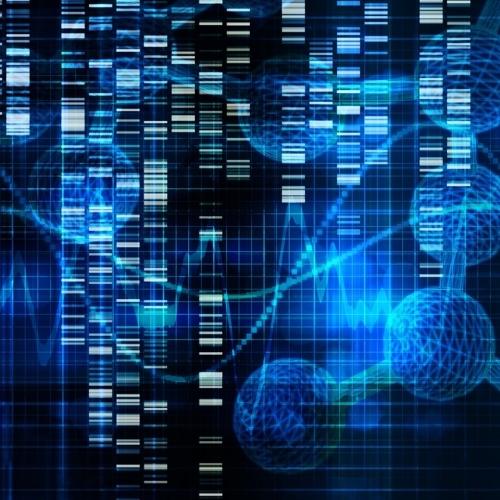Key points from article :
The telomerase gene controls the activity of the telomerase enzyme.
In normal cells, length of telomeres gets shorter when cells duplicate their DNA before they divide.
When telomeres get too short, cells can no longer reproduce, causing them to age and die.
In reproductive and cancer cells, the telomeres reset to the same length when DNA is copied.
This is essentially what restarts the aging clock in new offspring.
Researchers found VNTR2-1 which helps to drive the activity of the telomerase gene.
"Almost 50% of our genome consists of repetitive DNA that does not code for protein," says Jiyue Zhu, research head.
These DNA sequences tend to be considered as 'junk DNA' or dark matters in our genome.
The study looked at the length of the sequence in DNA samples.
Found the length of the sequence ranged from as short as 53 repeats of the DNA to 160 repeats.
Having shorter sequence do not mean lifespan will be shorter, it means the telomerase gene is less active.
Research by Washington State University published in PNAS.





